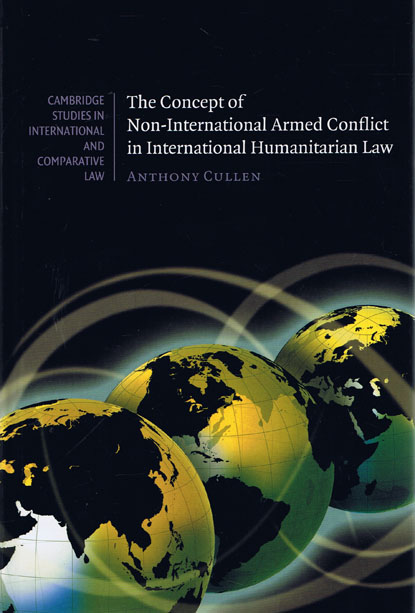
Anthony Cullen advances an argument for a particular approach to the interpretation of non-international armed conflict in international humanitarian law.
The first part examines the origins of the ‘armed conflict’ concept and its development as the lower threshold for the application of international humanitarian law. Here the meaning of the term is traced from its use in the Hague Regulations of 1899 until the present day.
The second part focuses on a number of contemporary developments which have affected the scope of non-international armed conflict. The case law of the International Criminal Tribunals for the former Yugoslavia has been especially influential and the definition of non-international armed conflict provided by this institution is examined in detail.
It is argued that this concept represents the most authoritative definition of the threshold and that, despite differences in interpretation, there exist reasons to interpret an identical threshold of application in the Rome Statute.